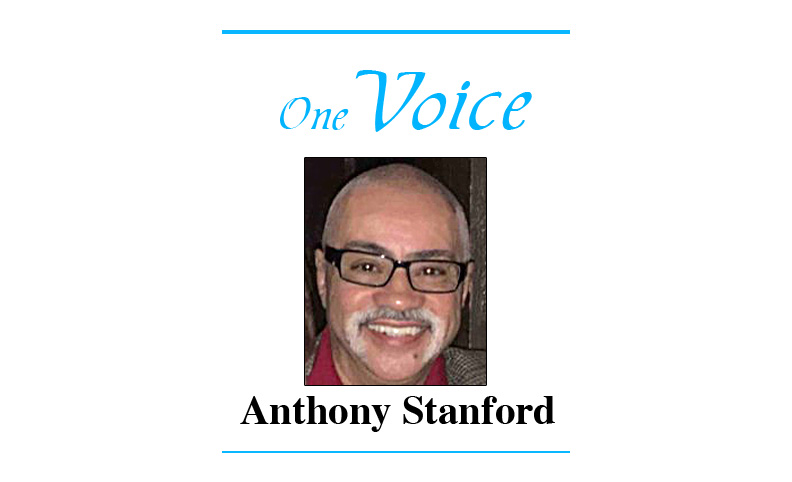
I recently hung out with my oldest and best friend, Bruce, whom I grew up with on Chicago’s South Side. To our astonishment, our adolescent quirks and mannerisms have survived for six decades, while we’ve noticeably grayed and slowed down, even more carefully stating our positions on the day’s issues.
Our recollections of the close-knit working-class community of Avalon Park are mainly of the good times and camaraderie. Yet, the racism we encountered during the mid-1960s as the first blacks to integrate into the idyllic community of professional and blue-collar whites shades our memories.
We make no bones that slightly better odds gave us an advantage many young black men didn’t enjoy during the turbulence of the period. We know that the minuscule difference, a combination of our parents’ sacrifices, and luck, helped to stave off social ills that created insurmountable challenges for others.
Growing up, Bruce was an aspiring basketball player who, by his early teens, had grown to taller than six feet tall. My friend was, by every measure, on his way to achieving his dream of competing at a higher level, playing on his high school basketball team. Then, gradually, in an unfortunate twist of fate, he began to lose his vision to alter the direction of his life in ways that are, even now, difficult to imagine.
Closing in on 70 years and going from militant-leaning young men to militant-leaning older men, we were friends from the start, growing up amid the subtle brand of racial discrimination common in northern cities such as Milwaukee, Detroit, and Chicago. Our political comeuppance was under the rule of Chicago mayor Richard J. Daley, whose reign was from April 1955 through nearly all of 1976.
Opinions related to the present situation found us at odds. Dueling theories on why young black men are killing each other differ. However, sadly, we agree that there appears to be no solution to the problem.
The societal disparities contributing to black-on-black violence are sobering and well documented. For example, a 1983 United States Department of Justice (DOJ) report states that young black men are more likely to be murdered than any other ethnic group. Nearly 40 years later, statistics related to black-on-black crime reflect the same.
According to the 1983 DOJ study by Dr. Alvin Poussaint, professor of Psychiatry, “Homicide is the leading cause of death among young black men and contributes significantly to the shortened life span of the black male….
“In about 80%-90% of cases, the black victim was killed by another black, and about 52% of the murder victims were acquainted with their assailants,” the report reads. Sadly, it’s a reality that continues almost 40 years later.
Poussaint’s report is even more troubling because the situation has worsened. Yet, it’s difficult to admit that on our watch, many in the black community fear wandering into that ever-expanding area and being in the wrong place at the wrong time.
When did the cohesion among blacks, so prevalent during the civil rights movement, break down and become irrelevant? What happened to the devotion to activism in the years following the civil rights campaign and the revolutionary ideology of the Black Panther Party? It’s difficult to fathom that some 60 years since the 1963 March on Washington, black people still grapple with black-on-black crime that is now generational.
Make no mistake that a stroll down memory lane comes at a price. But, if there’s any solace, today’s more spontaneous activism suggests that modern-day freedom fighters are joining the struggle others gave their lives to make possible.
Now, with virtually no sight, my friend’s perseverance epitomizes Elbert Hubbard’s century-old observation about true friendship, “Your friend is the person who knows all about you and still likes you.”
Anthony Stanford, named the 2014 Outstanding African American of the Year by the Aurora African American Heritage Advisory Board, is an opinion columnist, a man of letters, urban sociologist, and author of the book, “Homophobia in the Black Church: How Faith, Politics and Politics and Fear Divide the Black Community.”

